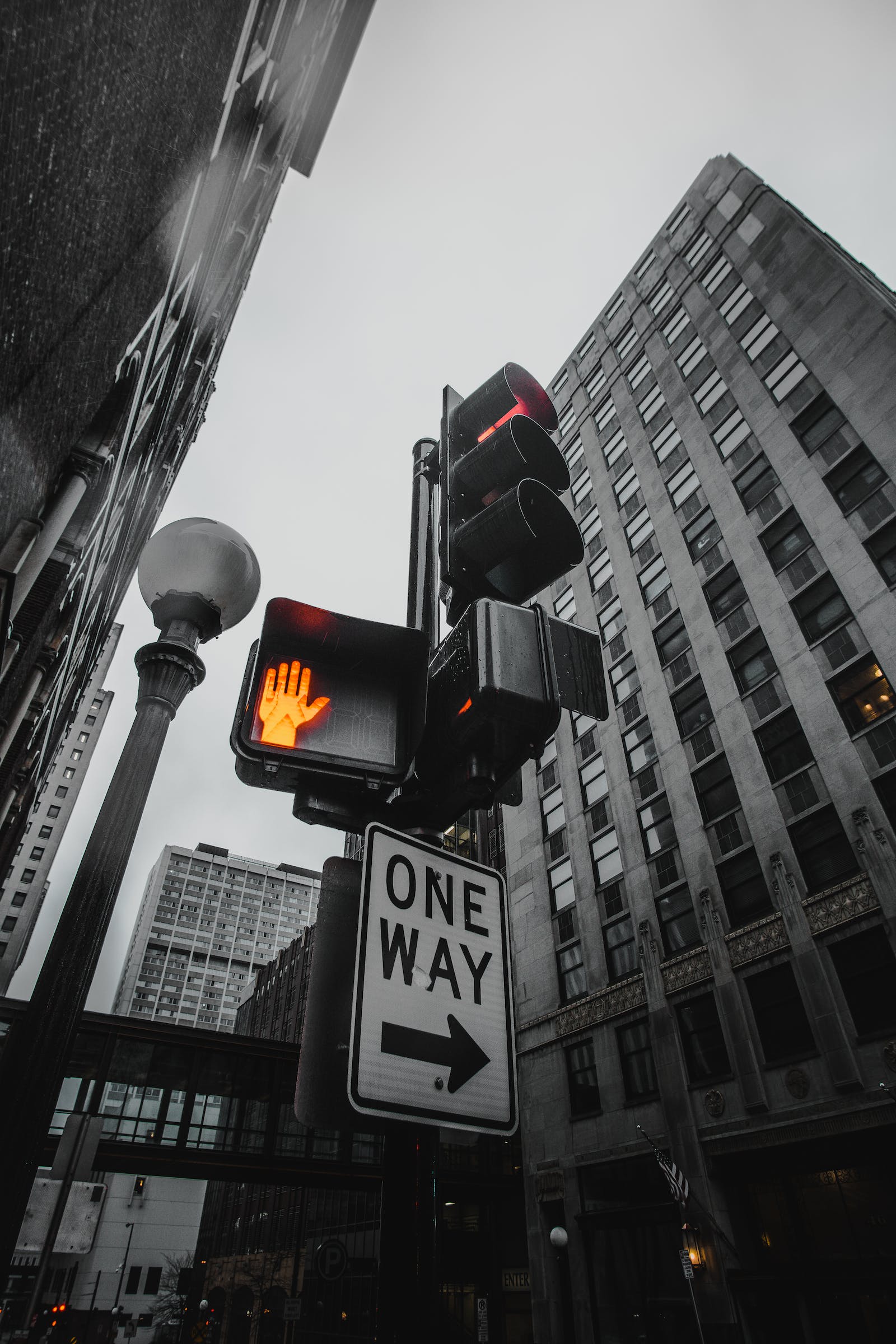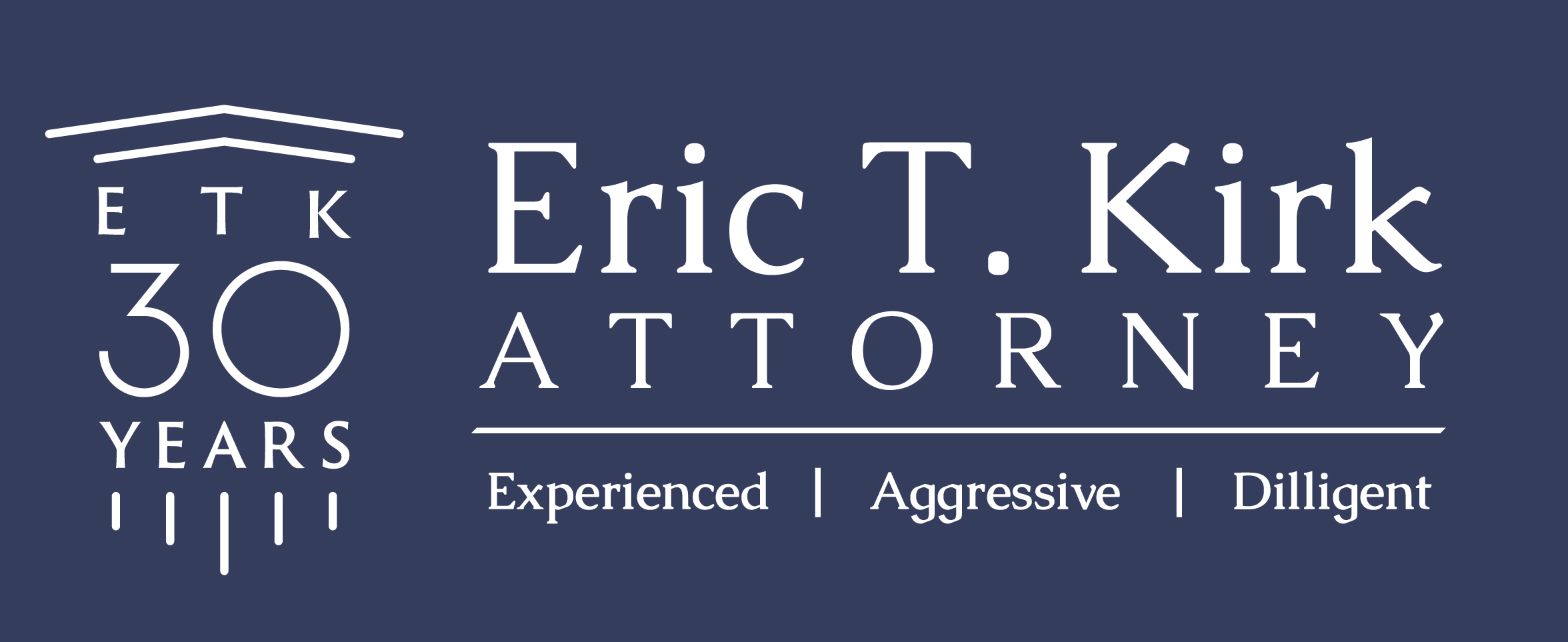The Leading Cause Of Car Accidents According To Baltimore Injury Lawyer Is…..

Baltimore Car accidents occur for myriad reasons, encompassing human errors, environmental factors, and vehicle issues. However, human errors are the predominant cause in the vast majority of cases. Many, if not most, Baltimore accidents occur where vehicles are forced together: at intersections. Baltimore Injury and accident trial attorneys know that it is here that the opportunity for human error increases by an order of magnitude.
At what type of intersection do most automobile accidents occur? Red light? “T” intersections? Merge lanes? U-turns? City streets or highway? Suicide lanes? Bridges? Hills? The always problematic uncontrolled intersection Intersections, by their nature, are locations where multiple traffic paths converge, which can increase the potential for collisions. The type of intersection with the highest number of car accidents varies based on studies, regions, and specific local conditions. It can no doubt be said that the more vehicles and roads meeting at one point increases the chance for human error [i.e. negligence] and the possibility of the error causing personal injury.
Here’s a breakdown of additional contributing factors for most Baltimore City motor evhicle accidents:
Distracted Driving: With the rise of smartphones and in-car entertainment systems, distracted driving has become one of the leading causes of car accidents. Activities such as texting, talking on the phone, adjusting the radio, or using a GPS system can divert a driver’s attention from the road.
Speeding: Driving over the speed limit or too fast for road conditions can reduce a driver’s ability to react in time to avoid a collision. Speed limits in the Baltimore Maryland metropolitan area range from 25 to 55, generally. Some areas in Baltimore where those lower limits are more common include: South Baltimore, Brooklyn, Carroll Park, Cherry Hill, Curtis Bay, Federal Hill, Franklin Square Hawkins Point / Arundel Cove, Hollins Market, Locust Point, Locust Point (North & South) Industrial Area, Middle Branch / Broening / Reedbird Parks, New Southwest/Mount Clare, Otterbein, Port Covington, Ridgely’s Delight South Baltimore and Stadiums Area / Camden Yards sports complex
Drunk Driving: Alcohol impairs cognitive and motor skills, significantly increasing the risk of accidents. Drugs, including prescription medication, can also have similar effects.
Reckless or Aggressive Driving: Behaviors such as tailgating, not yielding the right of way, weaving between lanes, and road rage contribute to many accidents.
Weather Conditions: Rain, snow, fog, ice, and other adverse weather conditions can make roads slippery and reduce visibility, leading to accidents.
Running Red Lights and Stop Signs: Failing to obey traffic signals is a common cause of intersection collisions.
Teenage Drivers: Inexperienced drivers, especially teenagers, have a higher likelihood of making mistakes that can lead to accidents.
Night Driving: Reduced visibility at night can increase the risk of accidents, especially if drivers are not using headlights properly or are driving in poorly lit areas.
Drowsy Driving: Driving while fatigued can be just as dangerous as drunk driving. Reaction times can be slowed, and a driver can even fall asleep behind the wheel.
Defective Vehicle Components: Sometimes, accidents are caused by vehicle malfunctions such as brake failure, tire blowouts, or other mechanical issues. These can result from manufacturing defects or lack of proper maintenance.
Improper Lane Changes: Failing to signal or check blind spots can lead to side-swipe accidents.
Wrong-Way Driving: Especially on one-way streets and highways, drivers going against traffic can cause severe head-on collisions.
Complex Intersections: Perhaps it goes without saying, but as the complexity of a task increases, so does the likelihood that one step can be missed or performed incorrectly. If that one step in an overall complex process is significant, the results can be catastrophic. Nowhere is this maxim more true than in the arena of Baltimore motor vehicle accidents. Any time a driver is asked to perform more than a few tasks, while moving at speed, and maneuvering at speed, the likelihood of human error increases -perhaps exponentially- with the number of tasks in the complex process. Baltimore intersections that require a series of driving maneuvers to be executed in rapid succession are a perfect example of this paradigm. The hypothetical case study below illustrates this notion app play in a notoriously difficult Baltimore City intersection.
Case study
Call John is running late for work. His normal route off of the southbound JFX requires him to exit at Guilford and take a left onto Centre Avenue. At southbound Guilford, there are two left-hand turns onto eastbound Centre. From the far left one must turn left. The other may go left or straight. Significantly, this traffic pattern continues throughout the full turn under the JFX. The far-right lane continues southbound on Guilford. The left-hand turn is a tight one with traffic control pylons placed on Centre Avenue to direct the flow of traffic. The design of the intersection is such that both drivers must turn left in adjoining lanes, in a very tight turn, and frequently at speed. To complicate, the two lanes then become three. Once the drivers have completed the left-hand turn onto Centre, they are permitted to proceed straight on Centre, turn right on Falls, or make an additional left turn, which is effectively a full U-turn, to proceed northbound on Falls. For most drivers, the practical effect is that they make a U-turn underneath the JFX to proceed northbound on Falls. Some other drivers elect to proceed east on Centre. John is a driver who elects to proceed eastbound on Centre and to do so he must be in the middle lane of the turn after it widened to 3 lanes. He is in the left lane. Although John takes this route often and is indeed familiar with it, the challenges of changing from one lane to another in the midst of a tight left-hand turn with other drivers present in rush-hour, combine to overwhelm a rushed and impatient John. He collides with a car making the same left-hand turn that he is, but in the lane adjacent to him the one he wishes to enter. John has his turn signal on and contains vehemently that he checked all three of us mirrors and swiveled his head to the right to manually check for other traffic and saw no one. John sustained personal injury in the collision, straining the muscles, ligaments, and tendons in his neck. He hires a seasoned an experienced Baltimore injury an accident attorney to file an insurance claim for him. The insurance company for the other driver contends that John changed lanes inappropriately and otherwise failed to use due care in his changing of lanes- and denies the claim. If this personal injury case proceeded to trial in Baltimore City, two issues would dominate the proceeding. John would need to show by a preponderance of the evidence that the other driver involved in the accident was at fault. It’s a heavy burden in this case as John was changing lanes by admission. The other issue, and one no doubt sure to be raised by the defense is that of contributory negligence. If John did not cause the accident outright, he should, nevertheless be barred from any recovery whatsoever based on Maryland’s contributory negligence principles – or so the argument would be raised by savvy insurance lawyers. Let’s assume that in our hypothetical, after an hours-long trial in District Court in Baltimore City, the ruling handed down rejects and denies John’s claim for damages for personal injury. The judge would likely focus on 2 key issues. Was John able to demonstrate fault on the part of the other driver? A starting point of this analysis would likely be “Did the other driver violate a rule of the road?” as set forth in the Transportation Code? In the absence of such evidence of conduct by the other driver, lane change or aggression, etc. the claim is likely to not succeed. Secondarily, the defense will no doubt argue that even if John was not solely responsible for the accident, he should nevertheless be precluded from recovery on contributory negligence principles. Under Maryland law, any driver who is negligent even in the smallest fashion is precluded from any financial recovery because of personal injury.
Poor Road Conditions: Potholes, uneven road surfaces, lack of signage, and other road defects can contribute to accidents. In some cases, local governments or construction companies might be held responsible.
Animal Crossings: In some areas, wild animals on the road can be a hazard, leading to collisions.
While this list covers many common causes, it’s not exhaustive. However, most of these causes can be mitigated or entirely prevented through attentive and defensive driving, regular vehicle maintenance, and adherence to traffic laws and safety recommendations.


